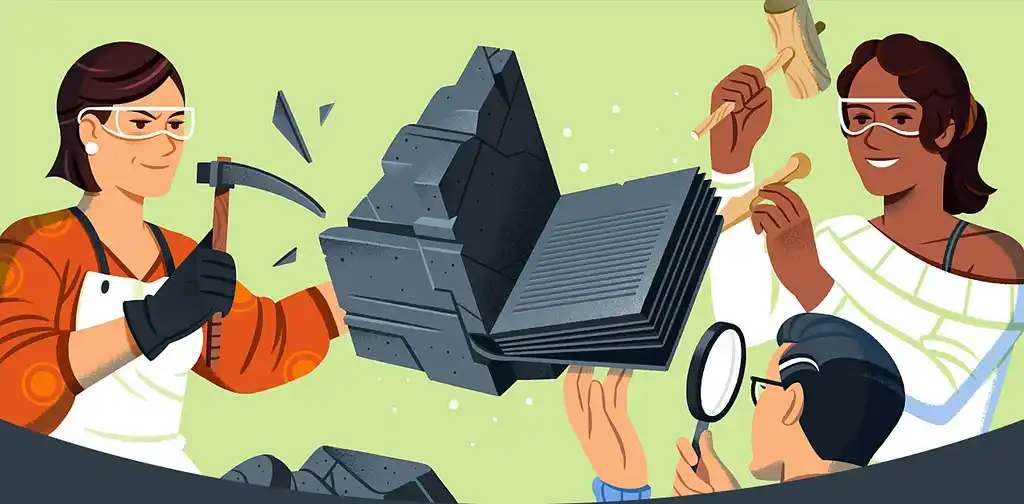Guides • Perfecting your Craft
Last updated on Oct 14, 2025
Book Hook: 48 Examples of Irresistible Elevator Pitches
Dario Villirilli
Editor-in-Chief of the Reedsy blog, Dario is a graduate of Mälardalen University. As a freelance writer, he has written for many esteemed outlets aimed at writers. A traveler at heart, he can be found roaming the world and working from his laptop.
View profile →Formulas and advice aside, one of the best ways to learn how to craft a book hook is to immerse yourself in great ones. In this post, we've gathered examples of pitches for books (and book adaptations) from various platforms, including Amazon, Publishers Marketplace, and Netflix.
As you read each hook, take note of your gut reaction. Do you instinctively think: “Tell me more.” The greater your curiosity, the stronger the hook.
Let’s dive in and catch on to some book hooks.
Fiction
1. The Road To Tender Hearts by Annie Hartnett
“An elderly man plans to drive across the country to declare his love for his high-school sweetheart when he unexpectedly becomes the guardian of two recently orphaned children and an orange tabby cat who may or may not be able to predict death.” (Publishers Marketplace)
2. One Flew Over the Cuckoo's Nest by Ken Kesey
“In the Fall of 1963, a Korean War veteran and criminal pleads insanity and is admitted to a mental institution, where he rallies up the scared patients against the tyrannical nurse.” (IMDb)
3. The Kite Runner by Khaled Hosseini
“After spending years in California, Amir returns to his homeland in Afghanistan to help his old friend Hassan, whose son is in trouble.” (IMDb)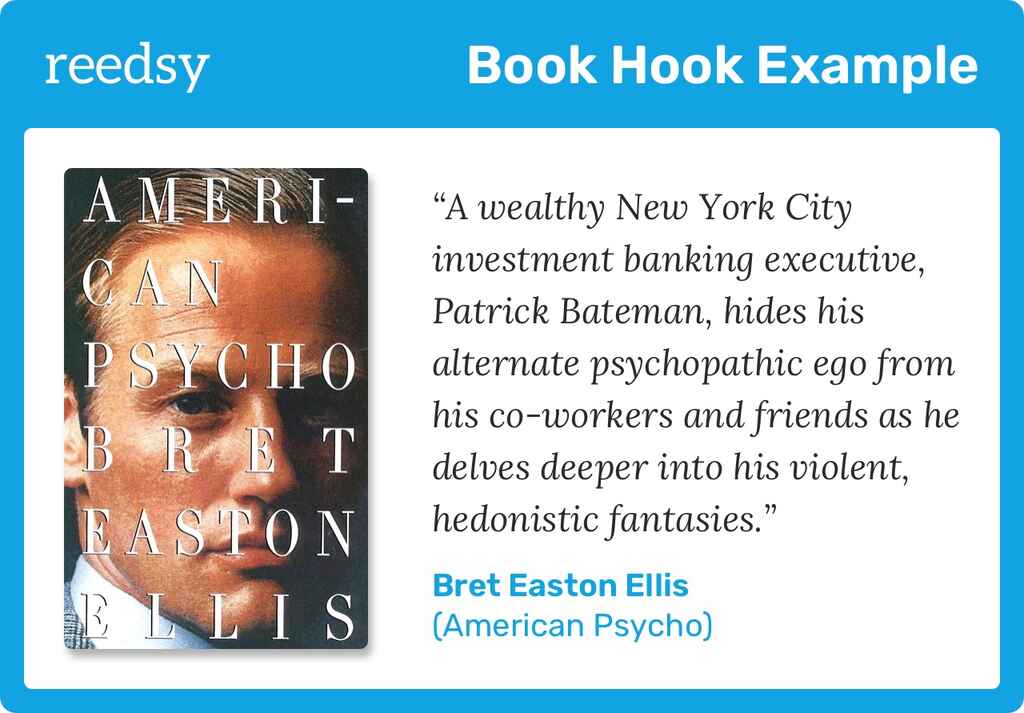
Literary fiction
4. Playground by Richard Powers
“[Playground follows] four lives—a marine biologist, an artist, a school teacher, and an AI pioneer—that intersect on an island in French Polynesia when it is chosen as a base for seasteading, humanity's next great adventure.” (Publishers Marketplace)
5. Fresh, Green Life by Sebastian Castillo
“A study of interiority unfolding over the course of a single, snowy night when the author's namesake protagonist breaks a year of silent self-improvement to attend a reunion.” (Publishers Marketplace)
Q: What are the key elements of an irresistible query letter hook?
Suggested answer
Hooks should always include:
- Stakes. What is on the line here? In quieter or more character-driven stories, this is still important. The stakes might not be life and death, but they need to feel emotionally powerful.
- Main character: a sense of who this story is about
- The hero’s / heroine’s journey: Our protagonist is on a mission. What is it?
- The story world: What is the context for this journey? In SFF, the author has to be careful not to get too into the weeds here; it’s about broad strokes.
- Antagonist or antagonistic forces: What obstructs the protagonist from easily completing their mission?
- Voice: Any time we write a logline, query, build a hook, or write a synopsis, we have to make sure our unique authorial voice shines through.
Happy writing!
Wendy is available to hire on Reedsy ⏺
6. The Twitcher by Josh Selfe
“Colin is the nation's 7th greatest competitive birder (by his own estimation) and has dedicated his life to his pursuit. When a virus hits the UK, and birdwatching is outlawed, Colin descends into paranoia and madness: what is a twitcher who cannot twitch?” (Reedsy Live)
Historical Fiction
7. The Other Boleyn Girl by Philippa Gregory
“Two sisters, Anne and Mary, are driven to advance their family's power by courting the affections of the King of England and a ruthless rivalry develops between them.” (Prime Video)
8. Cold Mountain by Charles Frazier
“In the waning days of the American Civil War, a wounded soldier embarks on a perilous journey back home to Cold Mountain, North Carolina to reunite with his sweetheart.” (IMDb)
9. Bridgerton: The Duke and I by Julia Quinn
“By all accounts, Simon Basset is on the verge of proposing to his best friend's sister—the lovely and almost-on-the-shelf—Daphne Bridgerton. But the two of them know the truth—it's all an elaborate ruse to keep Simon free from marriage-minded society mothers. And as for Daphne, surely she will attract some worthy suitors now that it seems a duke has declared her desirable.” (Amazon)
Romance
10. The Holiday Honeymoon Switch by Marissa Stapley
“Two best friends trade one's cabin Christmas vacation for the other's Hawaiian honeymoon after she's left at the altar, and both find love they weren't expecting.” (Publishers Marketplace)
Q: What factors contribute to the success of self-published authors in the romance genre?
Suggested answer
I think the most successful self-published or indie authors in romance have or consider the following:
- They read widely in the genre and take in just as much as they are putting out. They don't only read their genres, but they actively learn from other genres and writers.
- They rework the manuscript and run it by multiple people: alpha readers, beta readers, editors, writing communities, etc. It takes a lot to make a book good, and sometimes we can overlook issues because we're so attached to the writing. Self Published and Indie authors work on their own and don't get the benefit of an agent or in-house editorial team, so if they want their writing to stand out they need to make their own editorial team.
- A solid launch plan or strategy. Indie authors and Self Published Authors who are trying to succeed (if we mean high sales) need to have a strong strategy and marketing plan in place. They aren't just writing for the sake of writing at that point, but making it a business so there needs to be effort put into how they share about their books.
- A writing community. Bonding with other self published authors, connecting with local indie bookstores, joining writing communities, etc. All of this helps you build a support team and offers you a chance to help others succeed as well.
Val is available to hire on Reedsy ⏺
It's all about romance readers. The ones who love romance tend to be voracious readers, consuming more fiction than other genre readers, though they also read widely and across genres. So there's a huge appetite for constant new stories. Romance readers also don't mind--in fact they expect--that the books use familiar tropes, as long as they're delivered in a fresh way.
It's also important to remember that successful self-published romance authors are romance readers themselves, who love and respect the genre, and so they deliver it in a satisfying way.
Margot is available to hire on Reedsy ⏺
No matter what genre you write in, there must be a strong protagonist that is likable and relatable to readers. You want a main character that readers will root for throughout the story. This does not mean they need to be perfect, just likable. Think about what characters you like in a friend, and give your main character those qualities.
Melody is available to hire on Reedsy ⏺
11. To All the Boys I've Loved Before by Jenny Han
“When her secret love letters somehow get mailed to each of her five crushes, Lara Jean finds her quiet high school existence turned upside down.” (Netflix)
12. The Fault in Our Stars by John Green
“Two teenage cancer patients begin a life-affirming journey to visit a reclusive author in Amsterdam.” (IMDb)
Fantasy
Q: What are some of the biggest misconceptions first-time authors have about writing fantasy?
Suggested answer
Fantasy, and in particular romantasy, is SO HOT right now. Everyone is writing it, but many new authors fall into the trap of exposition. Just because you're writing in a unique setting doesn't mean you have to explain this world to readers. At least, not all at once, and certainly not all in the first few chapters.
Fantasy especially can span multiple books and because you're already telling a unique story about unique characters, it's overwhelming and exhausting for readers to also swallow a unique world.
The best solution is show, don't tell. Let it happen organically, and at natural moments in the story. For example, a wizard walking into a cauldron shop may merit a few sentences as to why he's buying a new cauldron, but probably doesn't need the extra two pages of exposition regarding the cauldron's connection to his late mother, who was also a half-fae princess and died at the hands of his tyrannical father, but only after having a torrid affair with a werewolf whose daughter now owns the very same cauldron shop.
Alexandra is available to hire on Reedsy ⏺
You still need strong characters that propel the story forward. The fantastical elements don't replace a strong personal journey or transformation of your protagonist.
The fantastical elements you include should also have purpose and be used with intention. If there's a magic system, it has to make sense in the world. Magic can affect economics, culture, politics, and it should be reflected on the page.
With kidlit, take a look at fantasy published within the last few years. Western-based fantasies with gnomes, trolls, etc. are generally not unique enough to attract an agent or publisher's attention. Readers want to read about completely different worlds with unique magical/fantastical elements.
The best way to get a handle on today's fantasy and what agents and publishers might be interested in is to read titles published in the past couple years.
Kim is available to hire on Reedsy ⏺
For me, the main misconception is that the story world is the story. No. The characters are the story, no matter the genre. Fantasy authors can get too wrapped up in the world they have created - and why wouldn't they? It's an exciting thing to create - to the detriment of their story. So it's really important to, at some point, turn away a little from your story world and turn to your characters. Do they have motives? Goals? Fears? Desires? Secrets? Regrets? Flaws?
All the things that make us human (even if your character isn't human!) need to be on the page. It's very easy to lose sight of character and plot when writing fantasy, but no matter how outlandish, or unique, or captivating, your story world is, it's the characters who inhabit your world that truly count. It's the characters readers recall more than anything else. So my advice to fantasy writers is character first, always.
Louise is available to hire on Reedsy ⏺
Whenever a story leaps from the present day into a new world in another time, there has to be much more time, and therefore words, spent on world-building. The reader must be able to get a strong sense of this new world right away with sentences depicting the scenery and setting, what the characters look like, and how modern or primitive this new world is.
So, a misconception could be that coming up with a strong and unique plot line or characters is enough. While these are all necessary, everything in the "new world" must all make sense and be clear, and easy to understand. It must all be logical, and that takes time to plan. So, spending time planning and building up this new world with all of its new rules and exciting twists is something authors will also need to spend a fair amount of time on. And this goes beyond a basic outline or plot points.
Melody is available to hire on Reedsy ⏺
13. The Invisible Life of Addie LaRue by V. E. Schwab
“France, 1714: in a moment of desperation, a young woman makes a Faustian bargain to live forever―and is cursed to be forgotten by everyone she meets.” (Amazon)
14. The Lion, the Witch and the Wardrobe by C. S. Lewis
“Four kids travel through a wardrobe to the land of Narnia and learn of their destiny to free it with the guidance of a mystical lion.” (IMDb)
15. Howl's Moving Castle by Diana Wynne Jones
“When an unconfident young woman is cursed with an old body by a spiteful witch, her only chance of breaking the spell lies with a self-indulgent yet insecure young wizard and his companions in his legged, walking castle.” (IMDb)
Sci-Fi
16. The Third Rule of Time Travel by Philip D. Fracassi
“A scientist discovers a way for human consciousness to travel through time and relive moments of their life, but after one fateful experiment she returns to find her reality altered to a horrifying extent.” (Publishers Marketplace)
17. Ready Player One by Ernest Cline
“When the creator of a virtual reality universe called the OASIS dies, he leaves his immense fortune to the first person to find a digital Easter egg he has hidden somewhere in the OASIS, sparking a contest that grips the entire world.” (Prime Video)
18. Brave New World by Aldous Huxley
“In a utopia whose perfection hinges upon control of monogamy and privacy, members of the collective begin to question the rules, putting their regimented society on a collision course with forbidden love and revolution.” (IMDb)
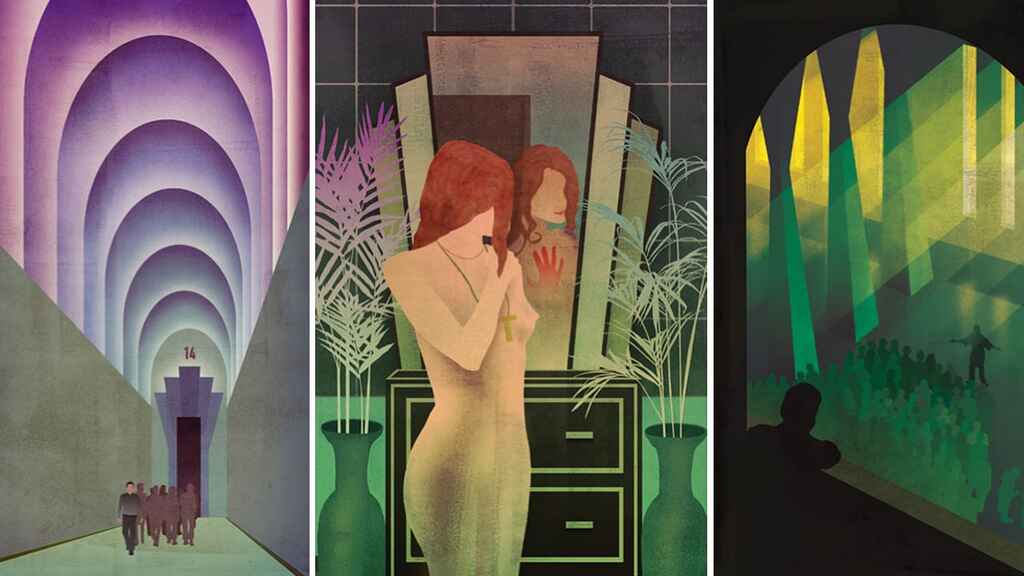
Mystery
19. Over The Edge by Kathleen Bryant
“A failed reporter-turned-jeep tour guide finds a dead body in a backcountry canyon and must overcome PTSD-related memory loss to find the killer before he finds her.” (Publishers Marketplace)
20. Death In The Downline by Maria Abrams
“A struggling millennial gets sucked into a multi-level marketing scheme by her BFF. When a distributor dies under mysterious circumstances, she must uncover the dark secret at the heart of the organization and save her best friend before it's too late.” (Publishers Marketplace)
21. The Da Vinci Code by Dan Brown
“A murder inside the Louvre, and clues in Da Vinci paintings, lead to the discovery of a religious mystery protected by a secret society for two thousand years, which could shake the foundations of Christianity.” (IMDb)
Horror
22. The Shining by Stephen King
“A family heads to an isolated hotel for the winter where a sinister presence influences the father into violence, while his psychic son sees horrific forebodings from both past and future.” (IMDb)
23. The Bad Seed by William March
"Rhoda Penmark seems like your average, sweet eight-year-old girl. After her rival at school dies in mysterious circumstances at the school picnic, her mother starts to suspect that Rhoda was responsible." (IMDb)
24. The Colour Out of Space by H. P. Lovecraft
“After a meteorite lands in the front yard of their farm, Nathan Gardner and his family find themselves battling a mutant extraterrestrial organism that infects their minds and bodies, transforming their quiet rural life into a technicolor nightmare.” (Google)
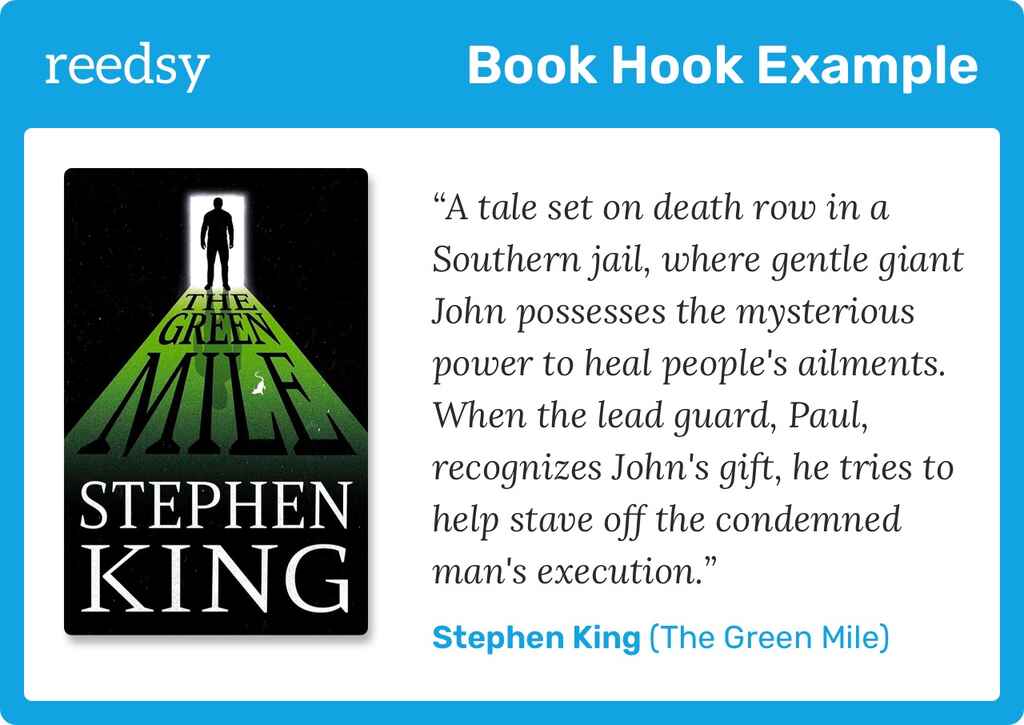
Thriller
25. Exit Black by Joe Pitkin
“Eight ultra-wealthy guests are taken hostage during the grand opening of the first hotel in space. The resident biophysicist on the space station must save them when the guests are pitted against each other and expelled into space one-by-one when they don't comply with the terrorists' demands.” (Publishers Marketplace)
Q: How can authors write a tense, non-gory crime scene that still thrills readers?
Suggested answer
I think plausibility is thrilling to crime readers. The way a jacket bunches up during a fight scene, how a character handles their firearm, the precise progression of a rope abrading, fraying, then snapping during a rock climb: authenticity can be just as hair-raising as incredible plot circumstances.
Said another way: it's hard to thrill readers if they're skeptical of a scene's believability. When a reader trusts their author and how authoritatively the story is told, then they're more able to be immersed-- and thrilled-- by a story.
Kevin is available to hire on Reedsy ⏺
To keep the gore out of a crime scene, focus on, for example, the drawback of the hammer, the fact that the hammer hit the person's head, but not what the head looked like after the hammer connected. The reader can imagine the effect of a hammer to the head. I also think concentrating on how the victim and assailant felt during the violence is a strong way to convey the thrill without needing to describe the ensuing mess.
Brett is available to hire on Reedsy ⏺
26. Gone Girl by Gillian Flynn
“With his wife's disappearance having become the focus of an intense media circus, a man sees the spotlight turned on him when it's suspected that he may not be innocent.” (IMDb)
27. The Bourne Identity by Robert Ludlum
“A man with amnesia faces life on the run from shadowy enemies as he fights to piece together his identity — and his mysterious connection to the CIA.” (Netflix)
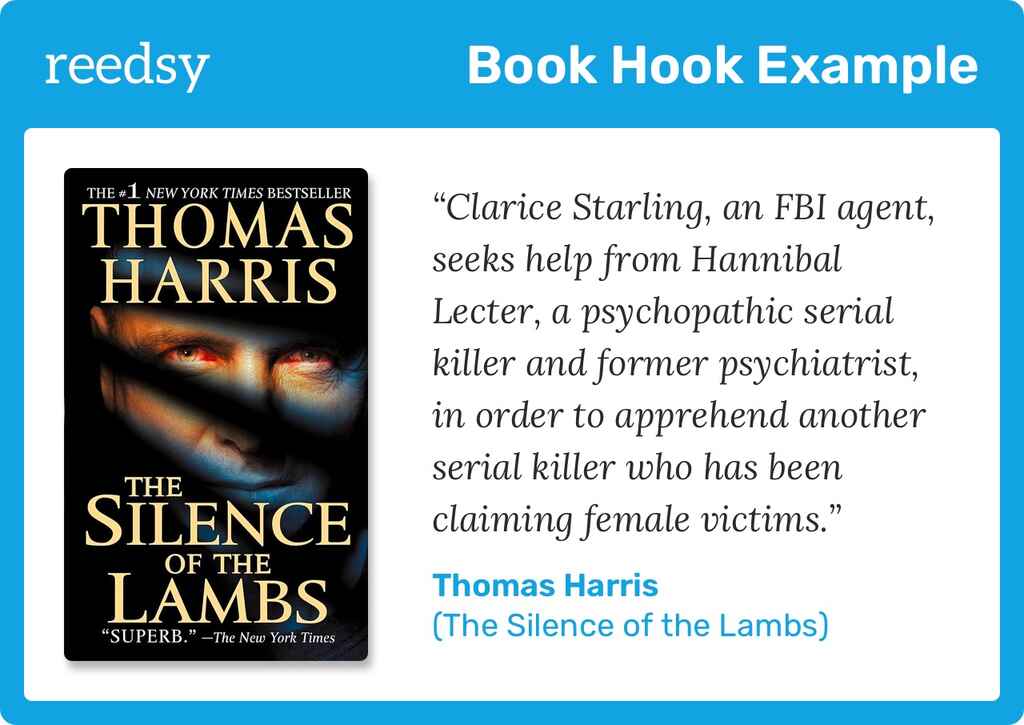
Young Adult
28. The Maze Runner by James Dashner
“Thomas is deposited in a community of boys after his memory is erased, soon learning they're all trapped in a maze that will require him to join forces with fellow "runners" for a shot at escape.” (IMDb)
29. The Hunger Games by Suzanne Collins
“Katniss volunteers to replace her sister in a tournament that ends only when one participant remains [alive]. Pitted against contestants who have trained for this all their life, she has little to rely on.” (Google)
30. Twilight by Stephenie Meyer
“When Bella Swan moves to a small town in the Pacific Northwest, she falls in love with Edward Cullen, a mysterious classmate who reveals himself to be a 108-year-old vampire.” (IMDb)
Children's
31. Where The Wild Things Are by Maurice Sendak
“Yearning for escape and adventure, a young boy runs away from home and sails to an island filled with creatures that take him in as their king.” (IMDb)
32. Wemberly Worried by Kevin Henkes
“A mouse named Wemberly, who worries about everything, finds that she has a whole list of things to worry about when she faces the first day of school.” (Google)
Q: What is the single most important piece of advice for first-time novelists?
Suggested answer
Write the story you want to write, need to write--and want to read. Don't think about or worry about market trends, or how you will position your book on the market, or writing a book that will blow up on BookTok. A novel is a marathon, and in order to see it all the way through, you have to love your story (you can dislike some of your own characters of course, but you need to be deeply passionate about the overall story you are telling). In practical terms, by the time you write, revise, and publish your novel, it's likely that overall publishing trends will have shifted anyway. Write the book you want to write--things like what readers want, what publishers want, what agents want, can come later!
Kristen is available to hire on Reedsy ⏺
Read many books in your genre and look for why you like that particular book or don't like it. Get a feel for what works and what doesn't. Try to read books that sold well and were published in the last 5-10 years. Publishing norms change and styles change with time.
For instance, in the past, much time was spent setting up the story, and many opening paragraphs may have been spent describing the scenery and visual elements. While those elements are still important, modern books move at a much faster pace and spend less time on these elements by using sentences of description woven into the narrative rather than information dumps and blocks of long description that can slow the pace.
So, reading current books in your genre is the best way to learn writing methods yourself.
Melody is available to hire on Reedsy ⏺
33. The Cat in The Hat by Dr. Seuss
“When Sally and her brother are left alone on a rainy day, they think they are in for a dull time 一 but then the Cat in the Hat steps onto the mat, bringing with him madness and mayhem.” (Amazon)
Adventure
34. Life of Pi by Yann Martel
“After a cataclysmic shipwreck, young Pi Patel finds himself stranded on a lifeboat with only one other survivor 一 a ferocious Bengal tiger named Richard Parker. Bound by the need to survive, the two are cast on an epic journey.” (Prime Video)
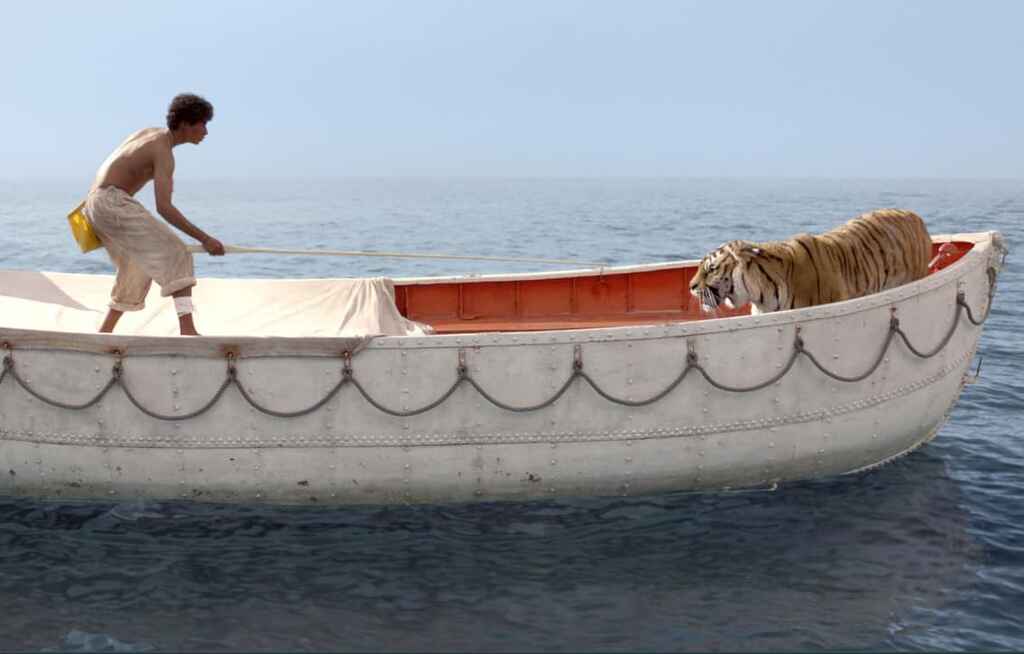
35. Journey to the Center of the Earth by Jules Verne
“On a quest to find out what happened to his missing brother, a scientist, his nephew and their mountain guide discover a fantastic and dangerous lost world in the center of the earth.” (IMDb)
36. The Hitchhiker's Guide to the Galaxy by Douglas Adams
“Seconds before Earth is destroyed to make way for a new hyperspace express route, mild-mannered Arthur Dent is whisked into space by his best friend, an alien posing as an out-of-work actor.” (Prime Video)
Memoir
37. Wild by Cheryl Strayed
“A troubled young woman seeks to find herself and overcome her past by hiking the grueling Pacific Crest Trail.” (Prime Video)
38. The Pursuit of Happyness by Chris Gardner
“A newly single father determined to lift himself and his son out of poverty works his way up from the bottom at a stock brokerage firm.” (Netflix)
Q: What are some powerful non-celebrity memoirs, and what makes them stand out?
Suggested answer
I love, truly love, A Homemade Life, by Molly Wizenberg. She had an amazing blog for many years, and even won a James Beard Award for it, and this book was her (first) memoir about growing up with food but also her relationship with her parents and her childhood in general. She is an incredibly gifted writer, a genuinely interesting person, and A Homemade Life moved me incredibly.
Jenny is available to hire on Reedsy ⏺
"Sold" by Zana Muhsen. I ghosted this about thirty years ago and people still contact me to say it is their favourite book ever. I think the secret was Zana's incredible honesty and authenticity - plus a powerful plot. "A Boy Called Hyppo" is another powerful story, ghosted for a boy who survived the Rwandan genocide. "The Boy Who Never Gave Up" is the memoir of a refugee from South Sudan who walked, as a boy, to South Africa.
Andrew is available to hire on Reedsy ⏺
39. Kon-Tiki by Thor Heyerdahl
“With five loyal friends in tow, explorer Thor Heyerdahl sails a fragile balsa wood raft along an ancient path some 4300 miles across the Pacific to prove his theory on Polynesian ancestry.” (Netflix)
Autobiography/biography
40. A Long Way Home by Saroo Brierley
“A five-year-old Indian boy is adopted by an Australian couple after getting lost hundreds of kilometers from home. 25 years later, he sets out to find his lost family.” (IMDb)
41. American Sniper by Chris Kyle, Jim DeFelice, and Scott McEwen
“Navy S.E.A.L. sniper Chris Kyle's pinpoint accuracy saves countless lives on the battlefield and turns him into a legend. Back home with his family after four tours of duty, however, Chris finds that it is the war he can't leave behind.” (IMDb)
42. A Beautiful Mind by Sylvia Nasar
“At the age of thirty-one, John Nash, a mathematical genius, suffered a devastating breakdown and was diagnosed with schizophrenia. Yet after decades of leading a ghost-like existence, he was to re-emerge to win a Nobel Prize and world acclaim.” (Amazon)
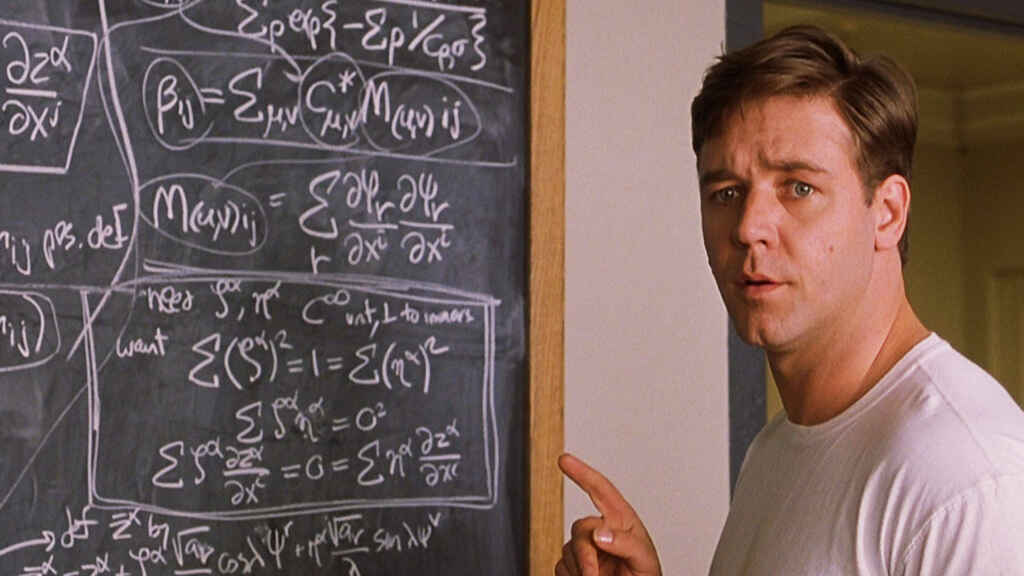
Nonfiction
43. Say Hello To Strangers by Gillian Sandstrom
“Why connecting with the people you know least makes us more creative, less lonely, and less cynical.” (Publishers Marketplace)
44. Beat The Bots! by Jane Cleland
“A writer's guide to leaning into their humanity and creativity to survive and thrive in the age of AI.” (Publishers Marketplace)
45. Sapiens by Yuval Noah Harari
“One hundred thousand years ago, at least six different species of humans inhabited Earth. Yet today there is only one—homo sapiens. What happened to the others? And what may happen to us?” (Amazon)
Christian
46. The Shack by William P. Young
“After the disappearance of his youngest child, Mack Phillips is severely depressed. His life takes an unlikely turn when he receives a mysterious letter asking him to visit a cabin.” (Google)
47. Redeeming Love by Francine Rivers
“Sold into prostitution as a child, Angel knows nothing but betrayal. Can her heart ever be mended?” (IMDb)
48. The Case for Christ by Lee Strobel
“A seasoned journalist chases down the biggest story in history 一 is there credible evidence that Jesus of Nazareth really is the son of god?” (Amazon)
These examples should be enough to get you inspired. To truly master the craft, take out a pen and paper and try to deconstruct each hook in terms of character, conflict, stakes, as well as other elements like character arc.

Refine your hook with an editor's help
The best editors in the industry are on Reedsy. Come meet them.
Learn how Reedsy can help you craft a beautiful book.
Refining your pitch might be a tricky process, but it’ll help you gain a clearer understanding of what your novel is really about so you can feel more confident both when writing it and presenting your work to others.

